The Language of Turning
Demystifying one of woodworking's oldest traditions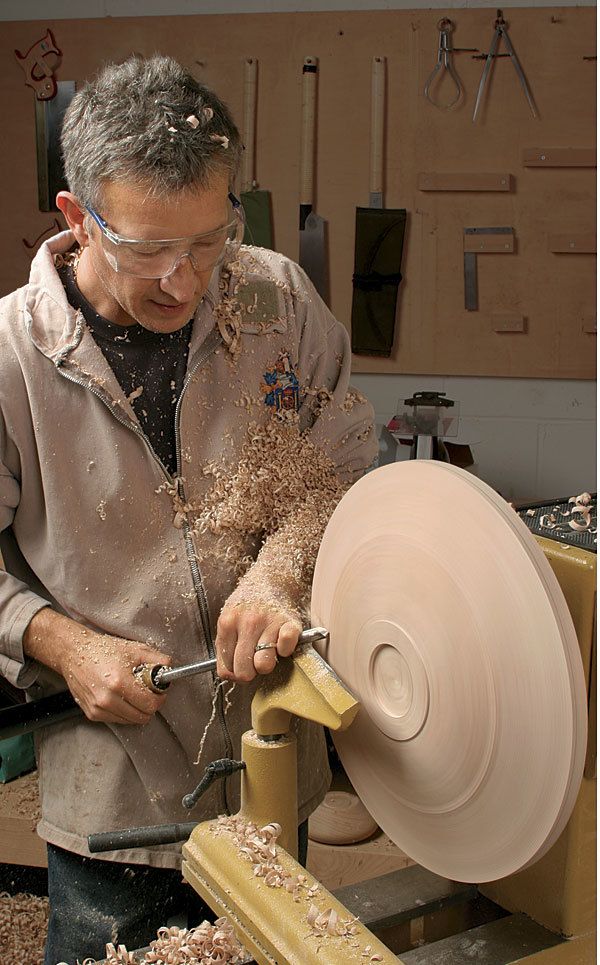
Synopsis: If you’ve never tried wood turning, we can recommend it as a fun and rewarding pursuit. But before you begin you will need to learn the difference between a live center and a headstock, a banjo and a spindle. In other words, get familiar with the language of turning before you switch on the lathe.
Wood turning is one of the fastest-growing segments in the realm of woodworking-related hobbies, but to get started, you must understand all the unique equipment, tools, and terminology turners use. That can be daunting. Here I’ll walk you through the essentials, starting with the lathe.
Understanding the lathe
The wood lathe is a fairly simple machine with only a few moving parts. Different-size machines are available, from mini and midi benchtop models to monstrous floor-standing beasts. A lathe’s physical dimensions correspond directly to its swing and distance between centers, which describe the maximum diameter and length, respectively, of material it can handle.
The heart of the lathe is the headstock, which houses the pulleys that attach to the motor and the spindle. The spindle is the threaded section that protrudes from the headstock and holds the work. Spindles typically have a common diameter and thread count so that third-party manufacturers can make chucks and faceplates to fit any lathe. They are typically hollowed to accept Morse-tapered tools such as chucks and drive centers.
Most turning is done on the right, or inboard, side of the headstock. The left, or outboard, side has a handwheel that is used to turn the spindle manually. On some lathes, the handwheel can be removed for outboard turning of bowls and vessels that exceed the swing, or capacity, of the lathe. On some machines, the headstock can rotate for the same effect.
The tailstock sits opposite the headstock. It consists of a quill, or barrel, hollowed to a Morse taper to accept a variety of centers. It is used to hold work to the headstock when turning spindles between centers, which includes long items like table legs. The tailstock’s live center engages an end of a workpiece (spindle) and secures it against the headstock’s drive center.
The lathe bed, or ways, is the track that aligns the headstock and tailstock. The tailstock slides back and forth in line with the headstock to change the distance between centers.
The tool rest supports hand tools while turning and is attached to the bed via the banjo. It’s fully adjustable between the head- and tailstock to provide a stable work surface in any position.
A look at accessories
In addition to the basic components of the lathe, there are a host of other attachments with specific purposes. These include faceplates, four-jaw chucks, vacuum chucks, drive centers, and steady rests. Many lathes come with a faceplate, which attaches to the spindle. The work is screwed to the faceplate from behind, then mounted on the spindle. The faceplate is used when turning bowls and other wide, flat pieces.
For the full article, download the PDF below:
Fine Woodworking Recommended Products

Starrett 12-in. combination square

Shop Fox W1826
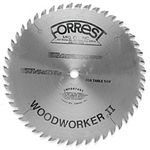
Forrest Woodworker II Blade


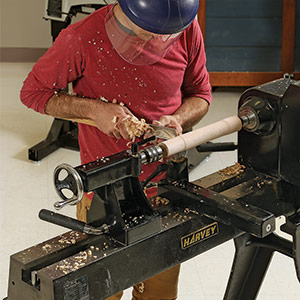
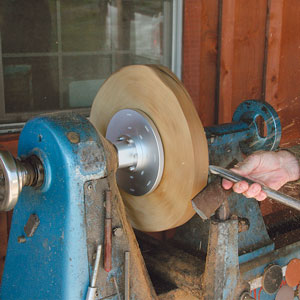
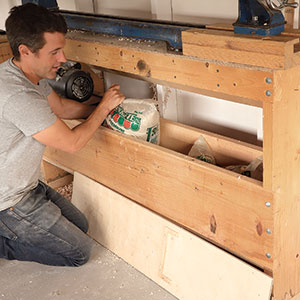

















Log in or create an account to post a comment.
Sign up Log in